When discussing the greatest golf course architects of all time, the focus tends to fall on names like Alister MacKenzie, Donald Ross, and C. B. Macdonald. One who’s often overlooked and forgotten is William Flynn; a fitting legacy for a man who had an uncanny ability to blend his manufactured features with the natural landscape.
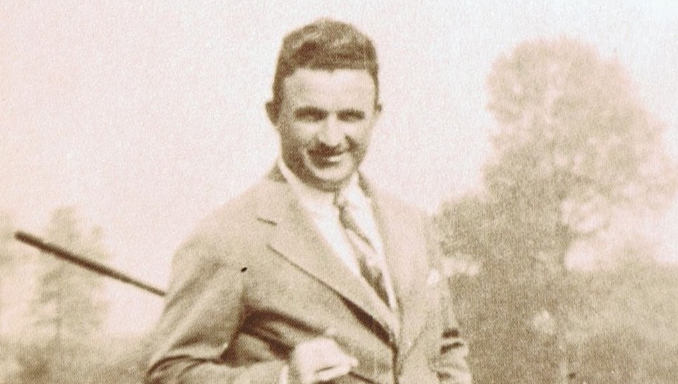
Much like Seth Raynor, Flynn’s work wasn’t well-documented, and little was known about the great architect until 2001 when his life’s work was uncovered. Upon the discovery of his routing plans and documented work, it became quite clear that Flynn belonged among golf’s pantheon of great architects. The crowning jewel of his design portfolio is Shinnecock Hills, but the depth is equally impressive with great courses such as Cherry Hills, The Country Club (MA), The Kittansett Club, Philadelphia Country Club, and Lancaster Country Club, as well as collaborative work at Merion and Pine Valley. Looking back on his work, Flynn was one of the most forward thinking architects, evidenced by how many of his golf courses remain intact today with their original design.
-
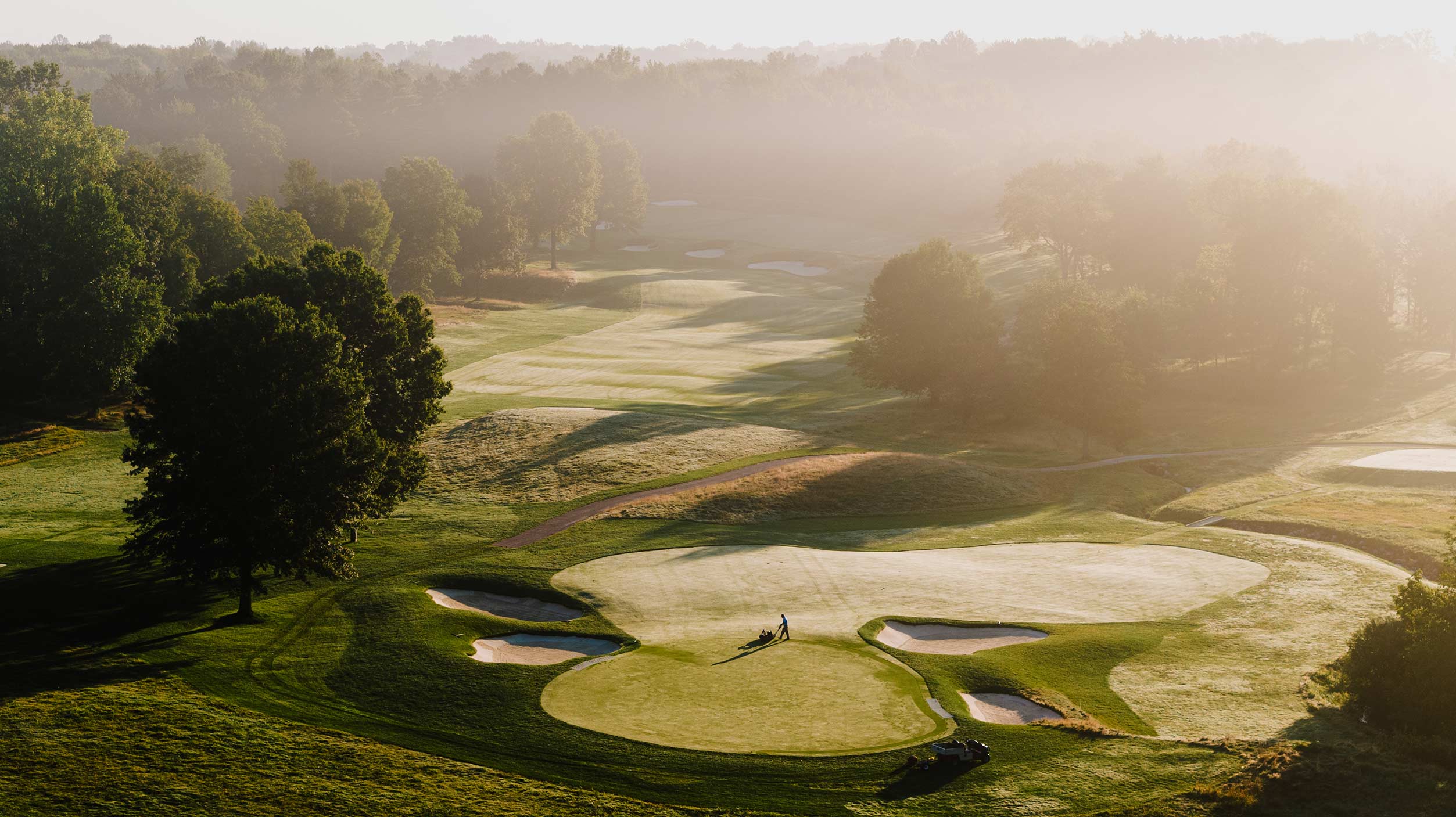
Pepper Pike (OH)
-
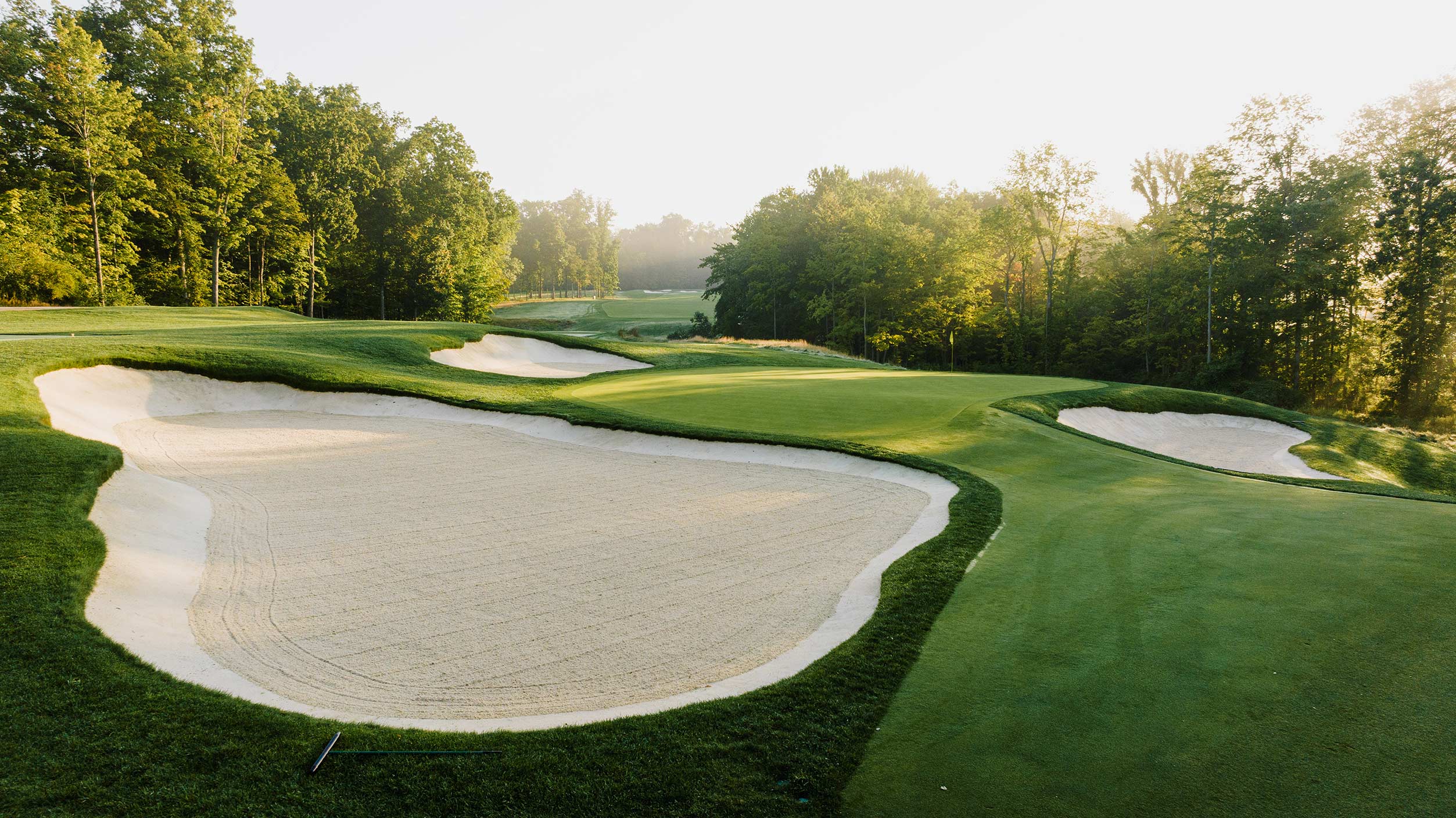
Pepper Pike (OH)
-
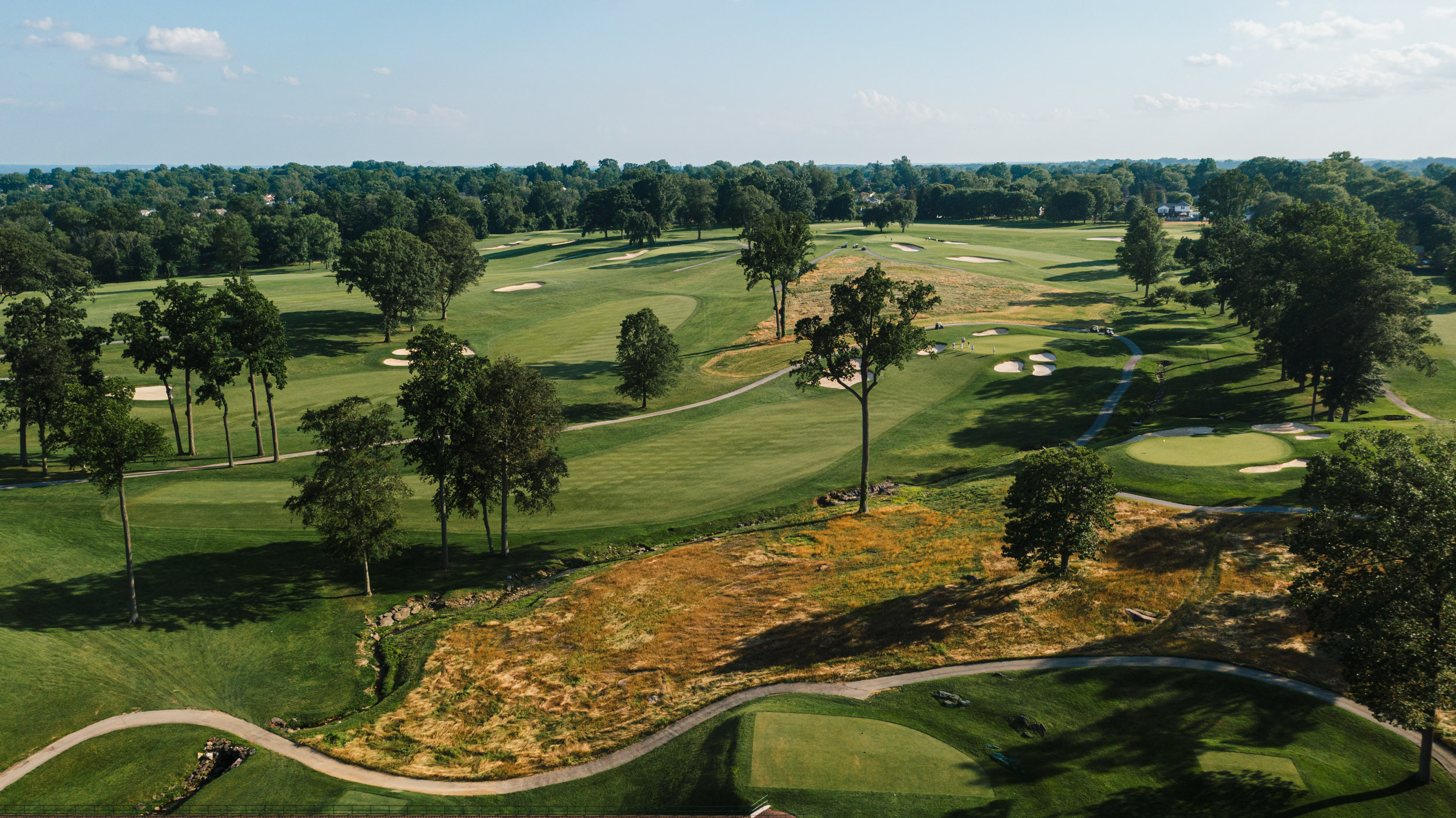
Rolling Green (PA)
-
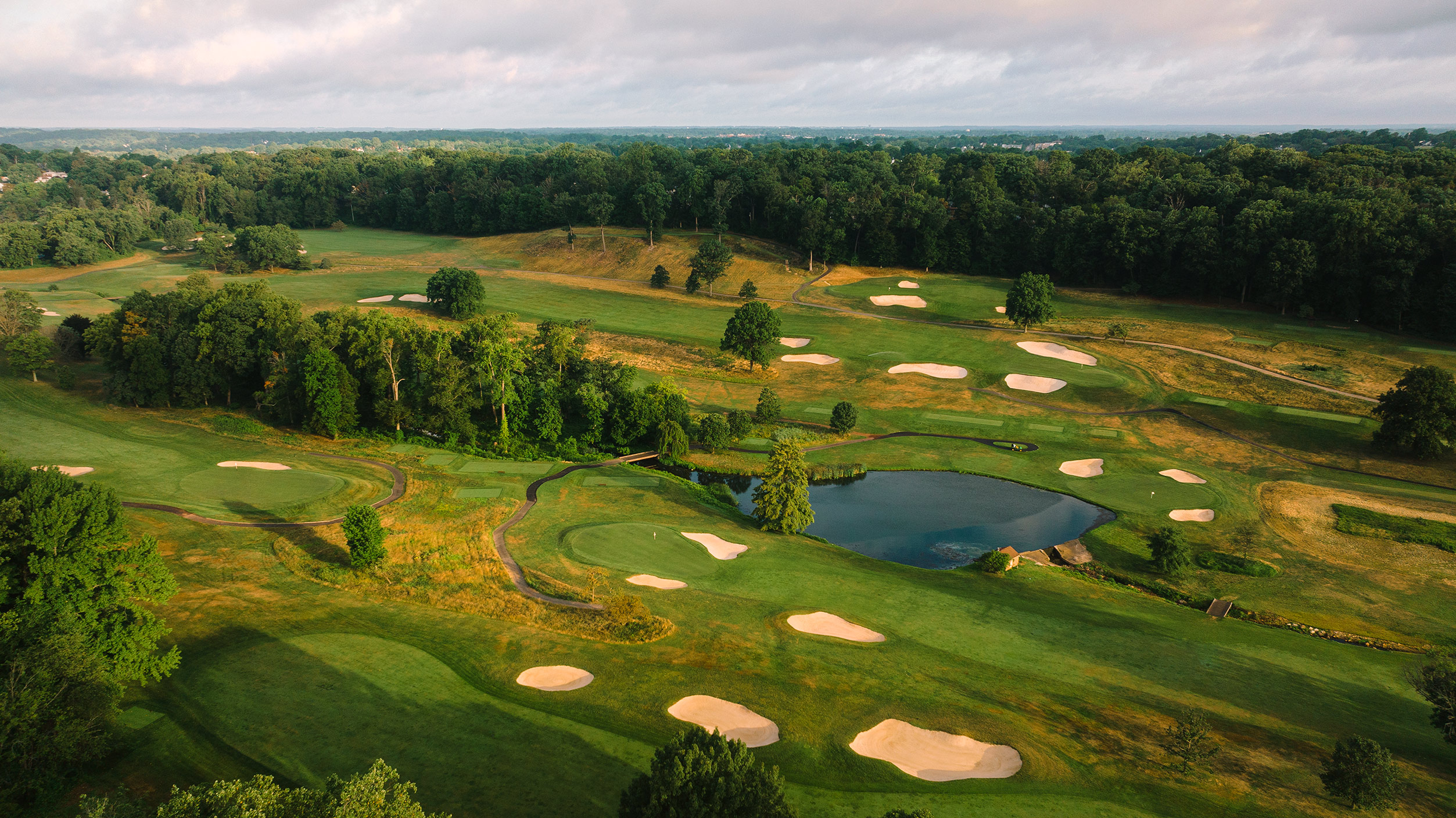
Huntingdon Valley (PA)
-
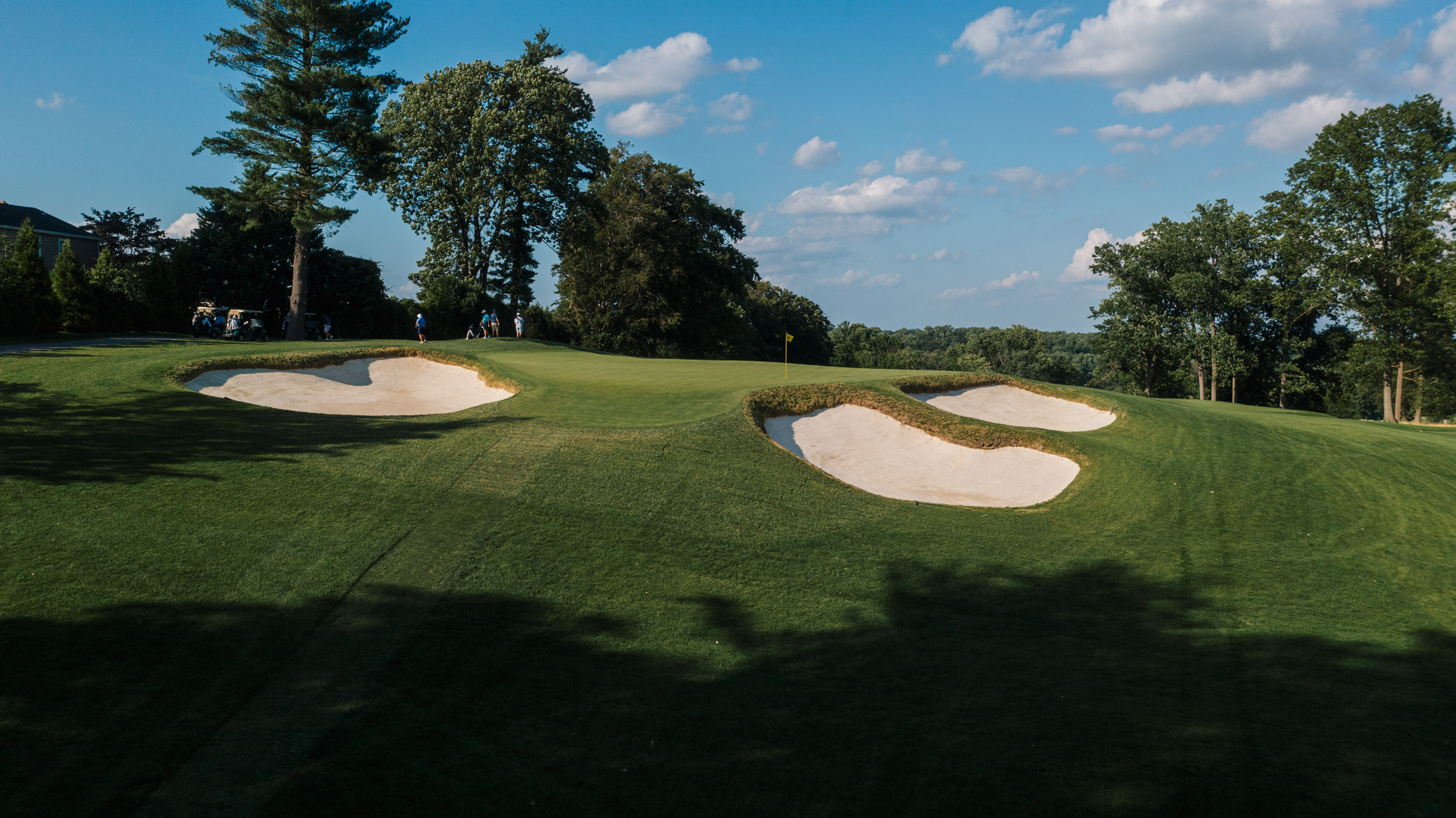
No. 6 at Rolling Green (PA)
-
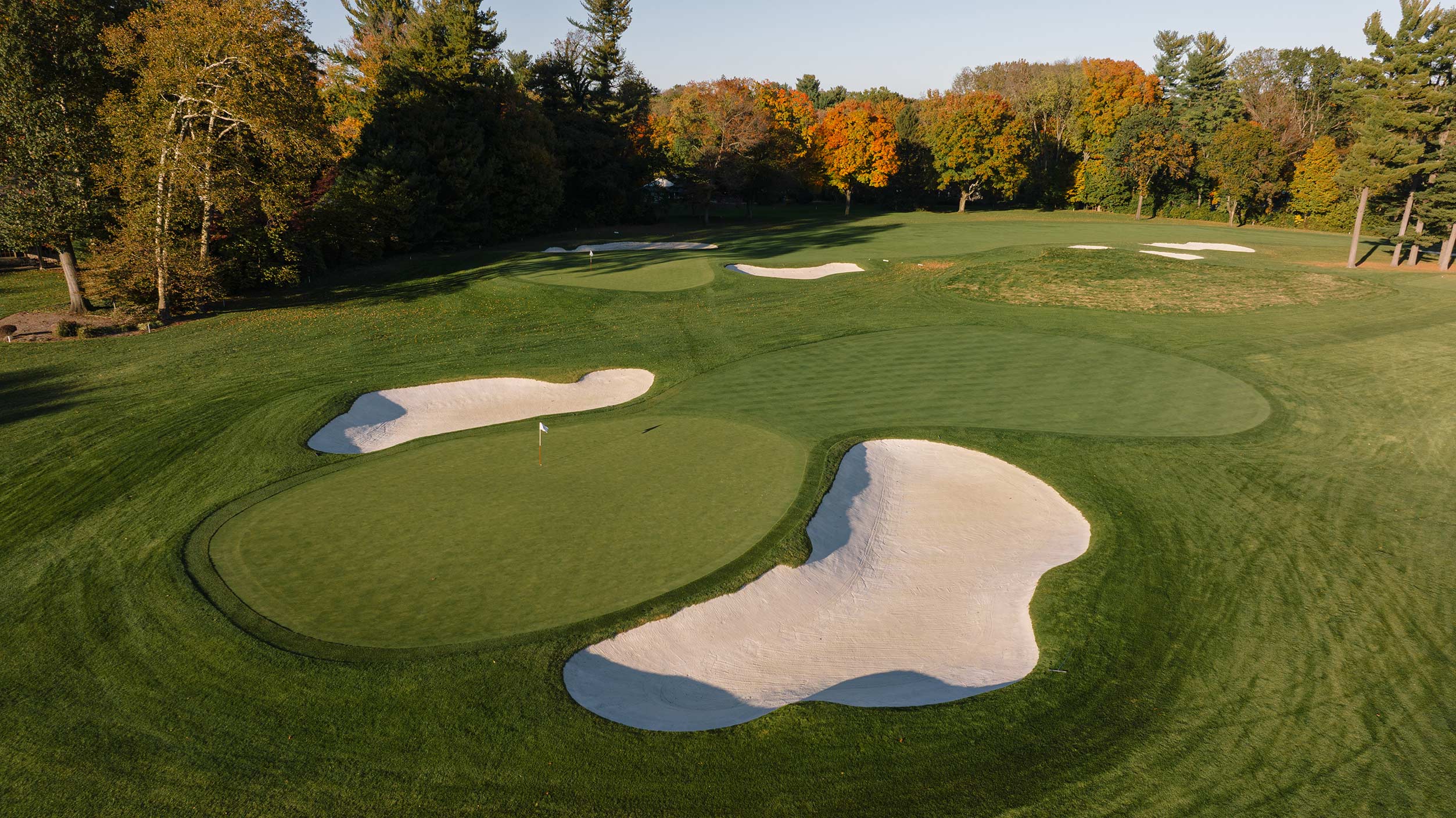
Nos. 17 and 13 at Lancaster Country Club
-

Pepper Pike (OH)
-

Pepper Pike (OH)
-
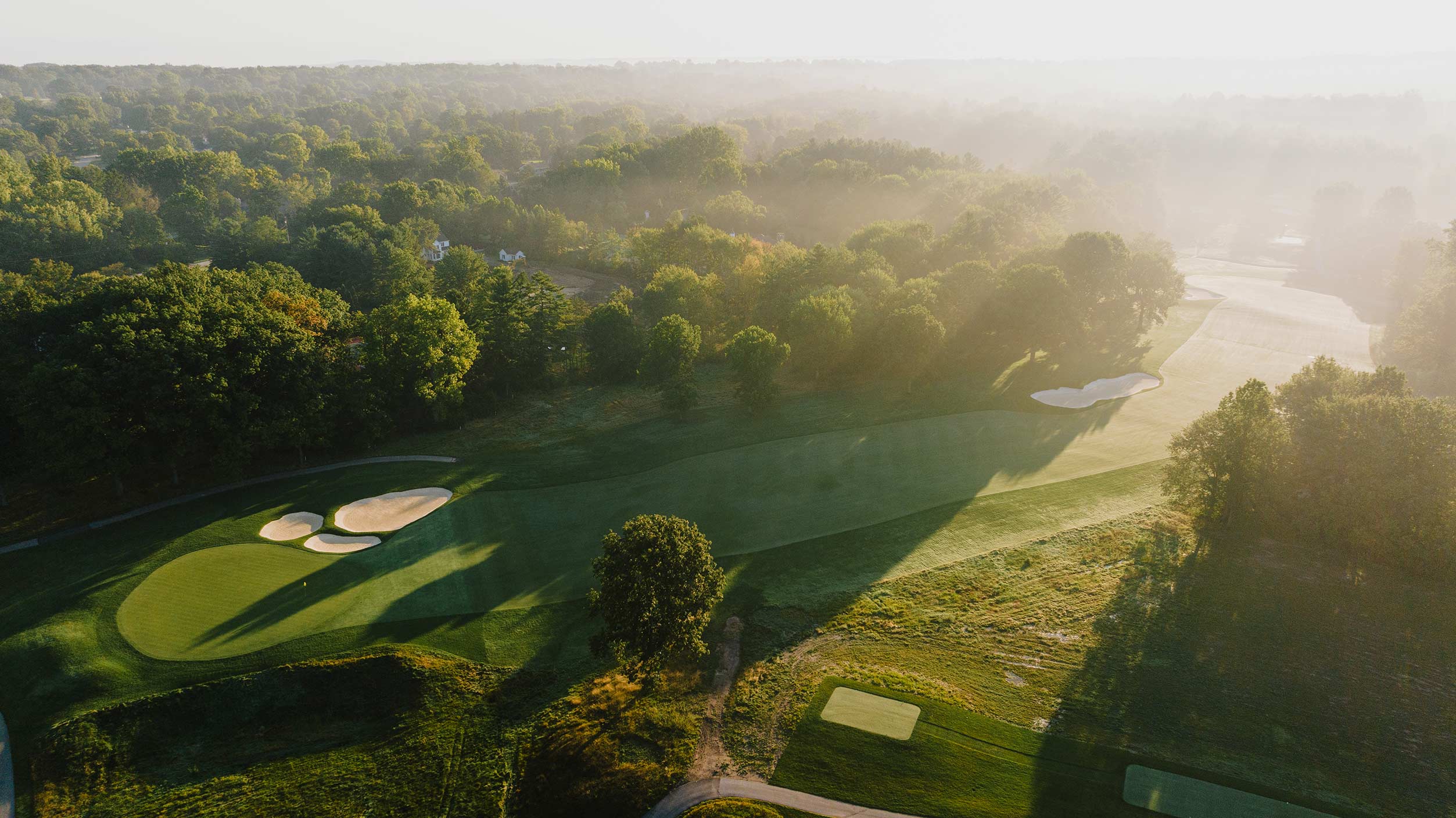
Pepper Pike (OH)
-
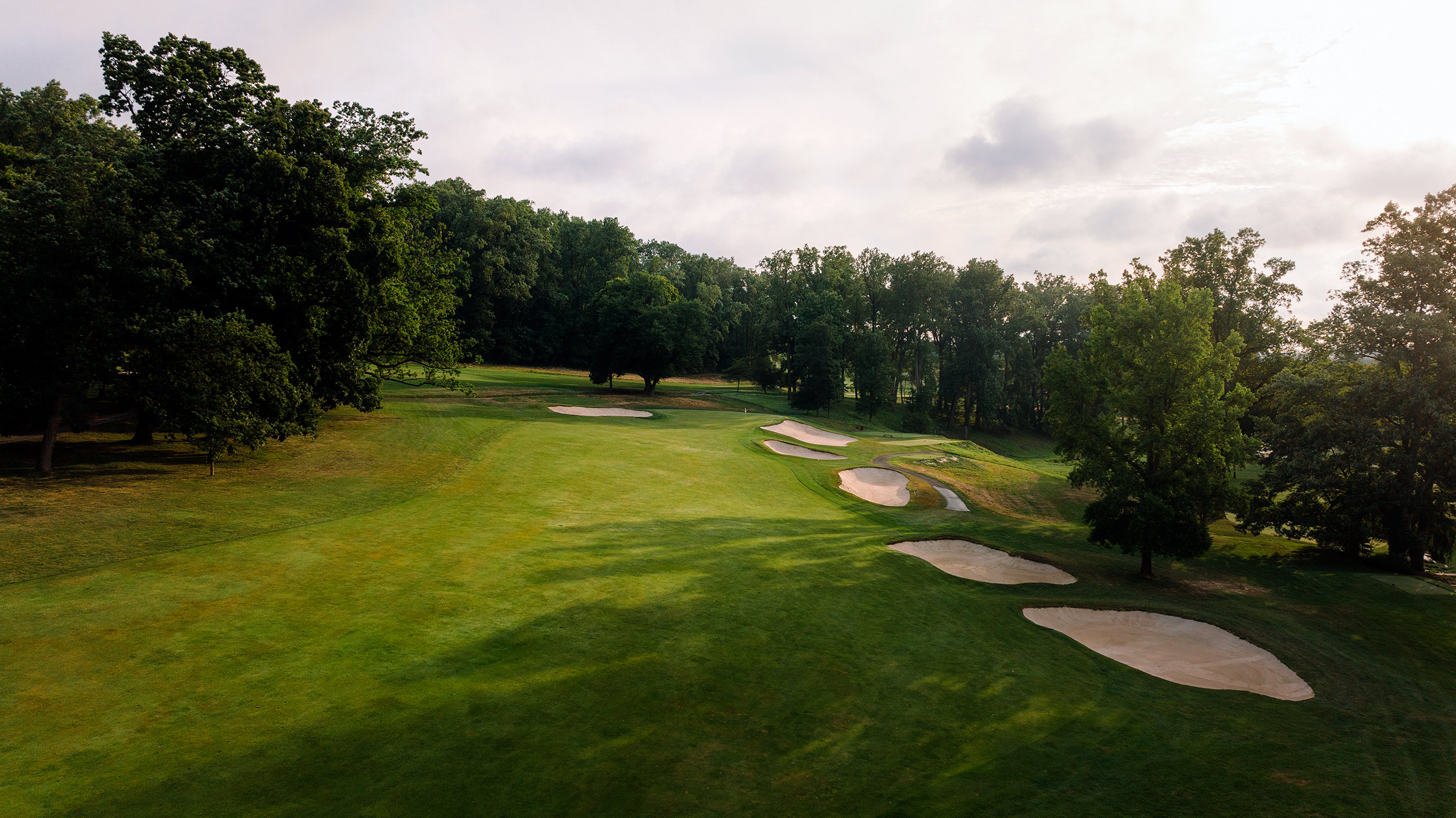
Huntingdon Valley (PA)
Background
Like most great architects of the Golden Age, William Flynn was a decorated golfer. Flynn grew up in Boston, regularly competing against all-time great Francis Ouimet. Flynn’s career in golf began when he was hired by Hugh Wilson as a construction supervisor at Merion Golf Club. There, he became a close confidant of Wilson and an instrumental part of the design of both the East and West courses. Flynn made Philadelphia his home base and was the only non-Pennsylvania native in the Philadelphia School of Golf Architecture, the group responsible for many of America’s greatest golf courses.
Flynn had intended to start an architecture firm with Hugh Wilson, but Wilson’s poor health caused Flynn to turn to Howard Toomey as his partner. Toomey ran the engineering side of the firm while Flynn handled the designs. (Little known fact: Another fascinating architect, Dick Wilson, got his start in architecture working as an associate of William Flynn and Howard Toomey.)
Design traits
Routing
Flynn’s strongest skill was his ability to route a golf course, and he did so very well. He’s in the conversation as the greatest router of all-time. His routings came from meticulous mapping, planning and a great understanding of the land for his sites. Flynn’s routing philosophy was rooted in selecting the greens first and building the holes from there. His routings led to dramatic vistas and courses with great variety and unique setups. Often times, Flynn courses have obscure numbers of par-3s, 4s and 5s, as opposed to the standard par 72 with 4 par-3s and 4 par-5s.
One of Flynn’s best examples of routing genius is at Huntingdon Valley C.C. where the front nine moves counterclockwise on the outside of the property. Flynn then routed the back nine clockwise on the inside of the property.

Sketch: Jason Way
Naturalness
Along with routing, Flynn’s forefront skill was his unique ability to blend heavily engineered areas with their natural landscape. He also loved to use the natural hills and slopes on his courses as a defense. It wasn’t uncommon for Flynn to test players with approach shots that called for the opposite-shape shot than the slope of the fairway suggested.
Variety
It’s very rare to find two similar holes on a William Flynn golf course. If you do, they are most likely separated by a number of holes. He believed in keeping players on their toes by having 18 unique holes, each with their own special challenge.
Flynn was also one of the early proponents of having short grass around greens. He believed that it would lead to a greater number of shots that a player would need to possess in their short game.
He didn’t believe in the use of template holes, but Flynn had a common short par-4 design. Let’s take a look at it using the 12th hole at Rolling Green as an example.
The natural thought for long hitters is to cut the corner of this short par-4 and challenge the bunkers to leave a short approach shot to the green. But rather, Flynn rewards the accurate player who can place the ball on the far left side of the fairway to leave the ideal angle of approach to the green. If a long hitter is successful in cutting the corner, they are left with an awkward short wedge shot to a green angled in the opposite direction.
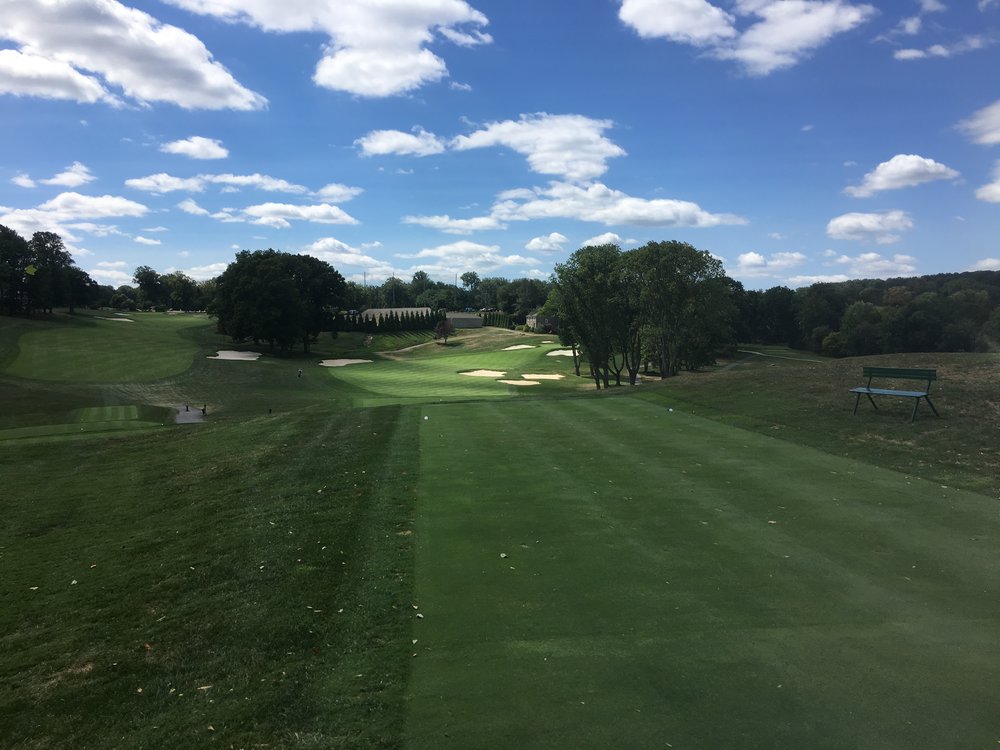
12th hole at Rolling Green: the ideal line for a tee shot is at the cart path rather than over the bunkers
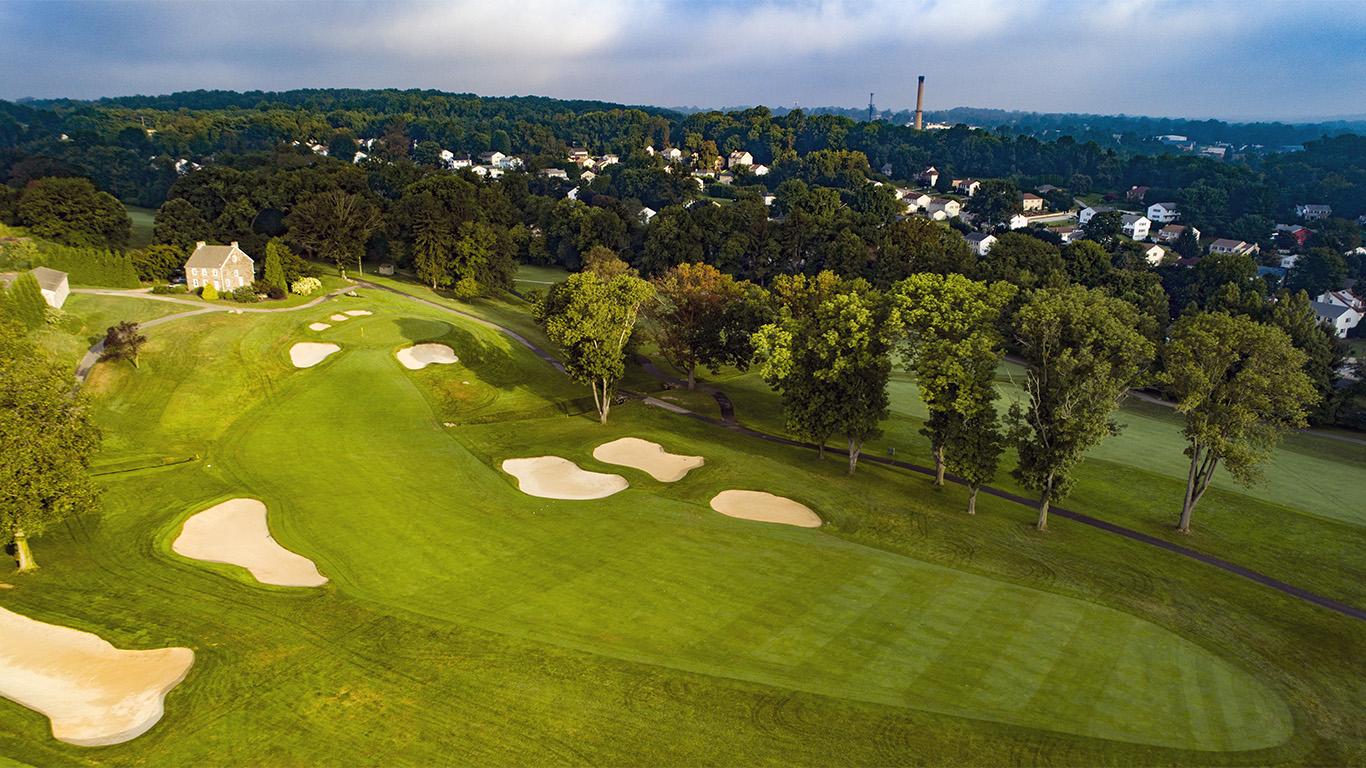
12th hole at Rolling Green: the right side of the fairway leaves an awkward angle
Notable Private Courses: Shinnecock Hills C.C. (NY), The Country Club – Primrose (MA), The Kittansett Club (MA), Cherry Hills C.C. (CO), Huntingdon Valley (PA), Merion West Course (PA), Lancaster C.C. (PA), Lehigh C.C. (PA), Rolling Green GC (PA), Manufacturers G&CC (PA), The Country Club (OH), Elyria C.C. (OH), The Pepper Pike Club (OH), Indian Creek CC (FL), Glen View Club (IL), Philadelphia C.C. (PA),
Public golf courses: The Homestead Resort – Cascades Course (VA), Monroe CC (NY), Woodcrest CC (NJ), Cleveland Heights (FL), Cobb’s Creek (PA), Atlantic City CC (NJ)
-

Pepper Pike (OH)
-
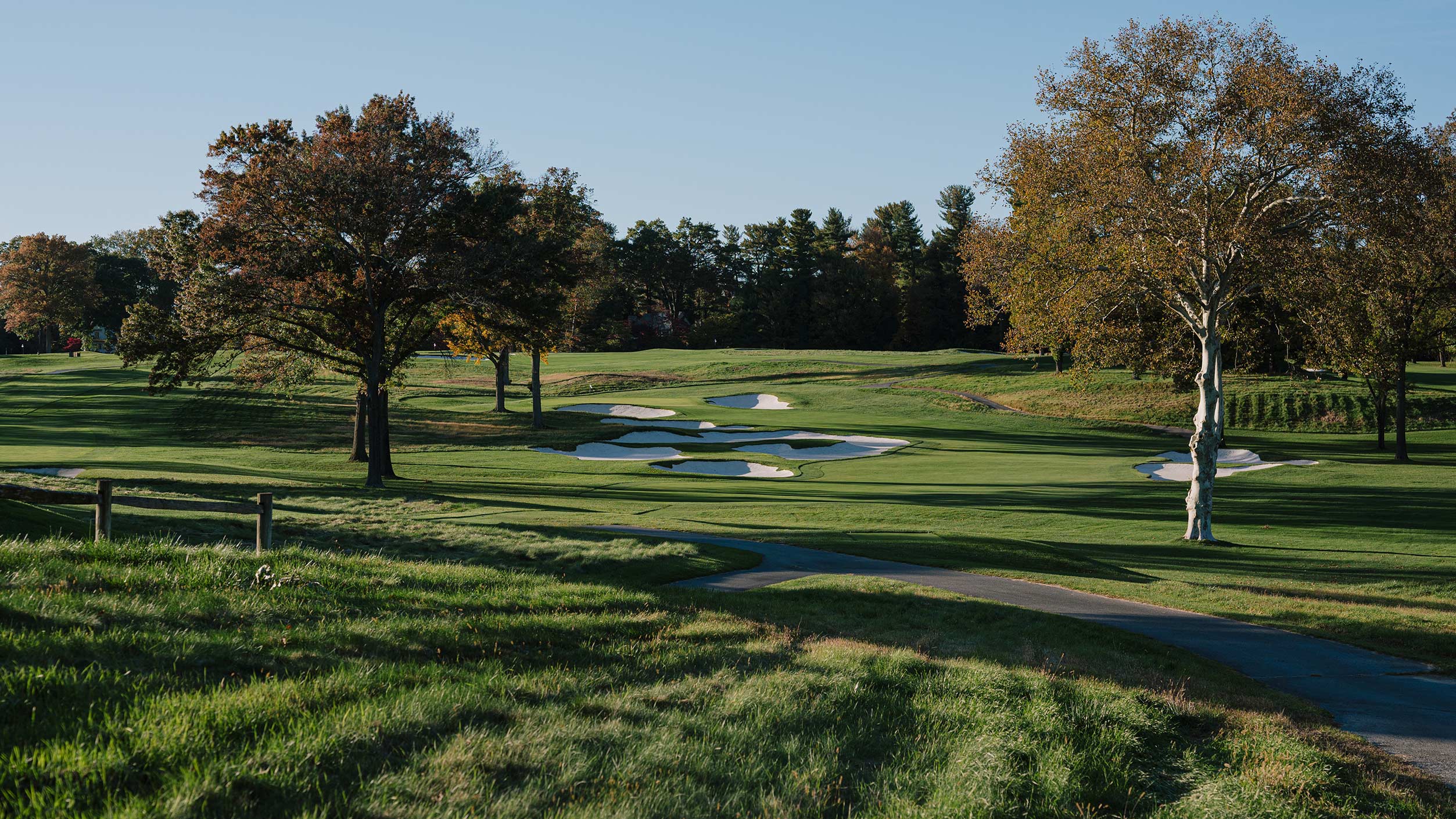
16 at Lancaster Country Club
-
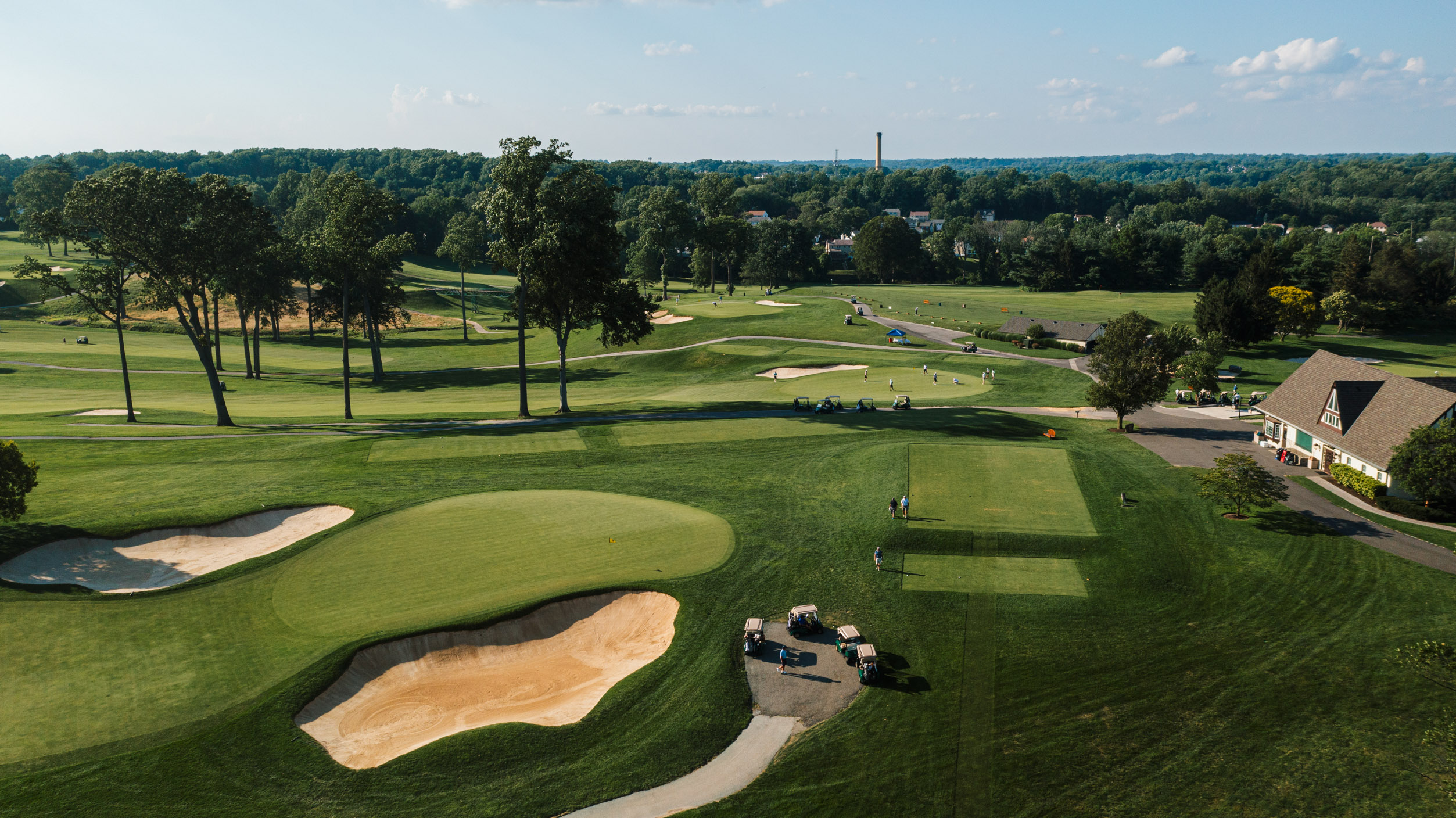
Nos. 2 and 18 at Rolling Green (PA)
-
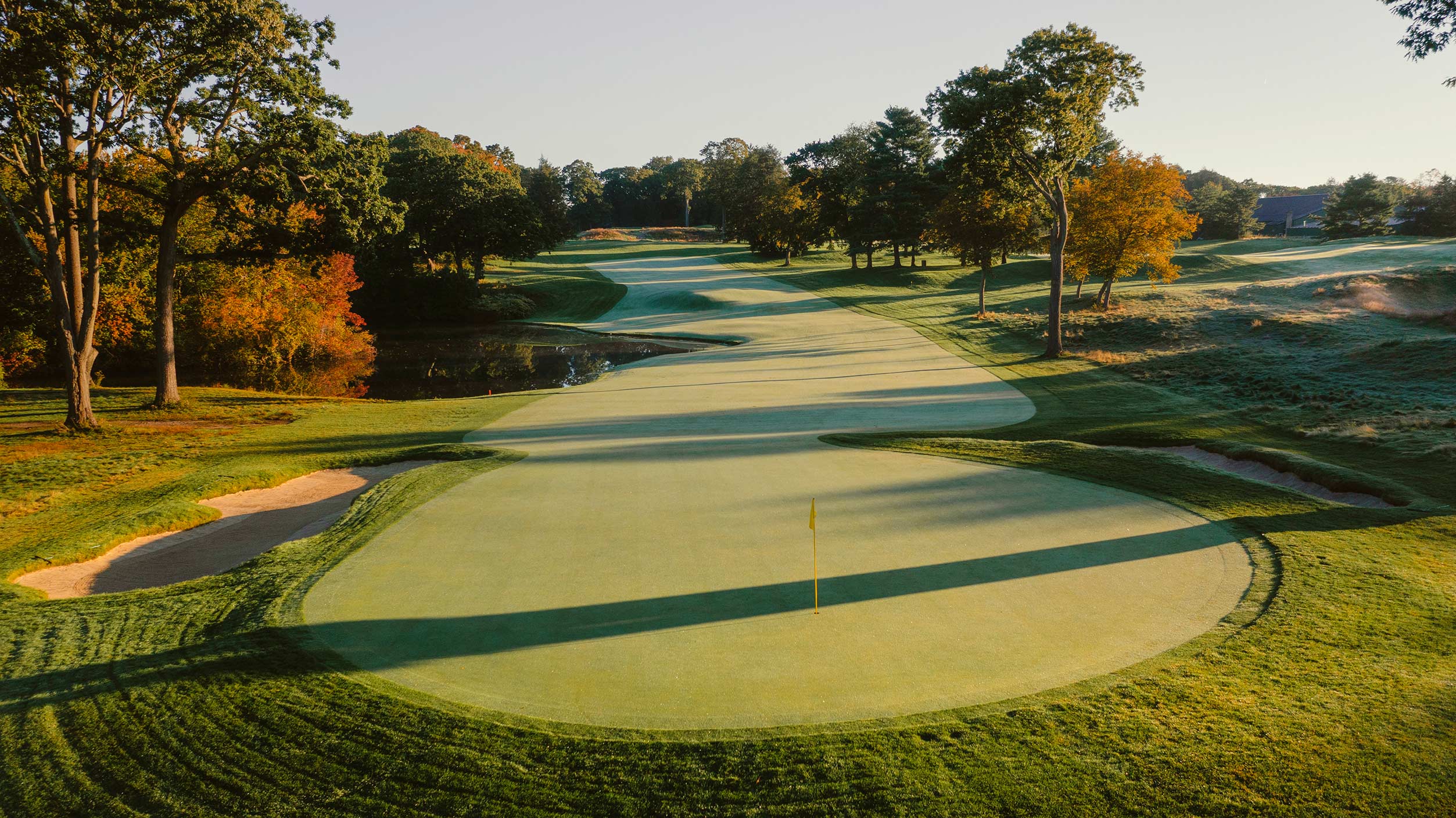
No. 9 at Brookline's composite routing, part of Flynn's Primrose 9
-
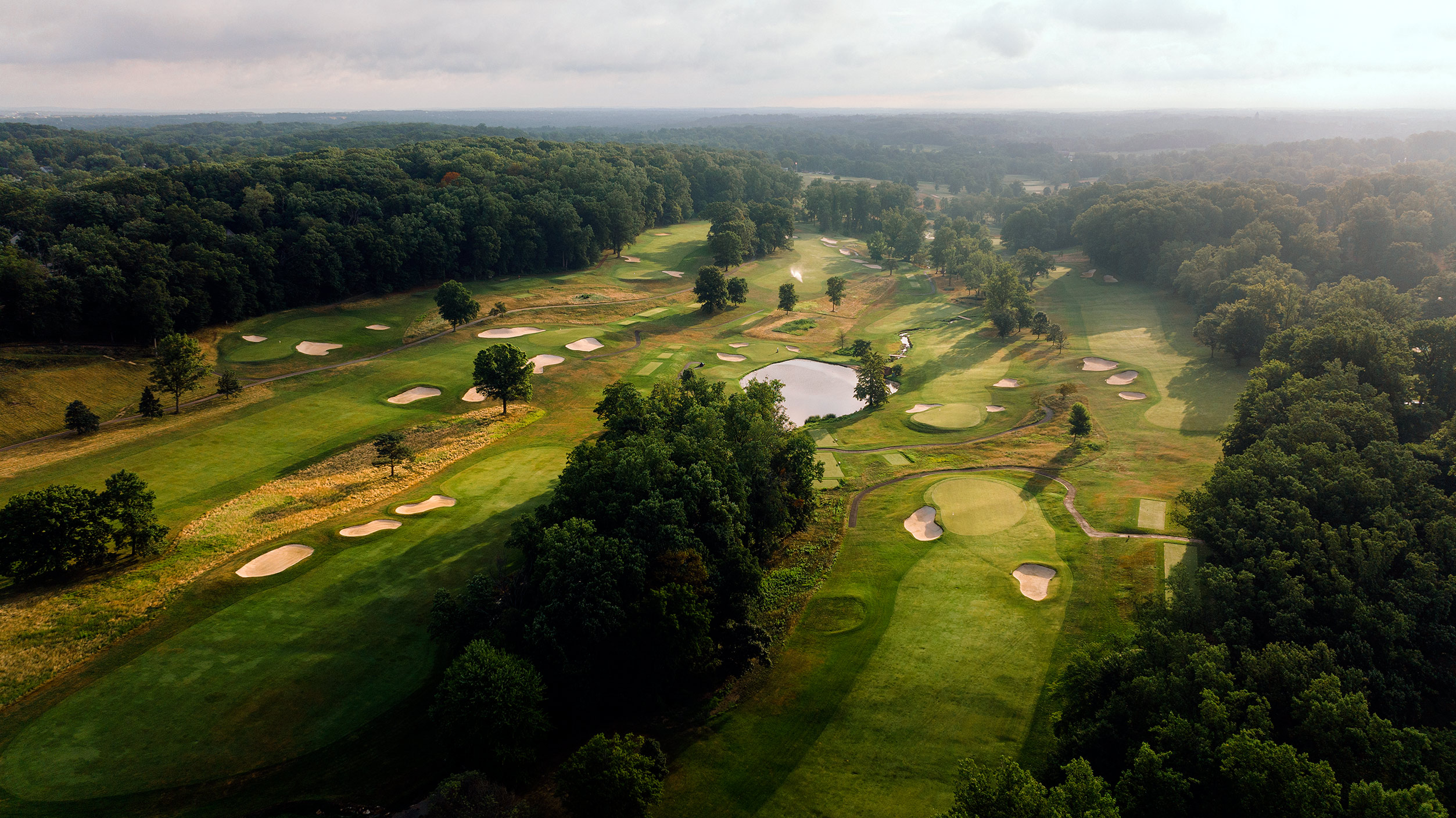
Huntingdon Valley (PA)
-
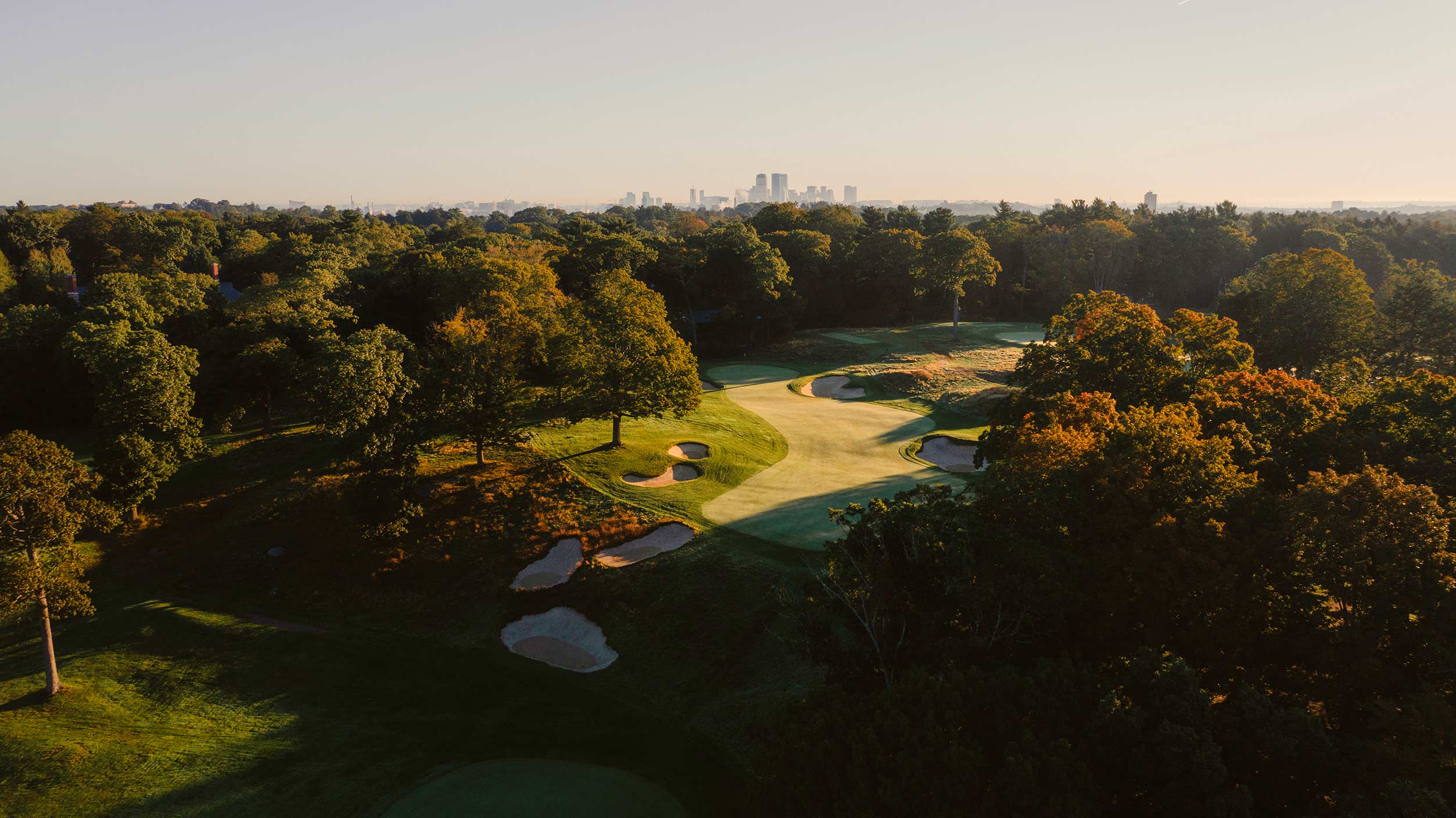
No. 14 at Brookline's composite routing, part of Flynn's Primrose 9
-
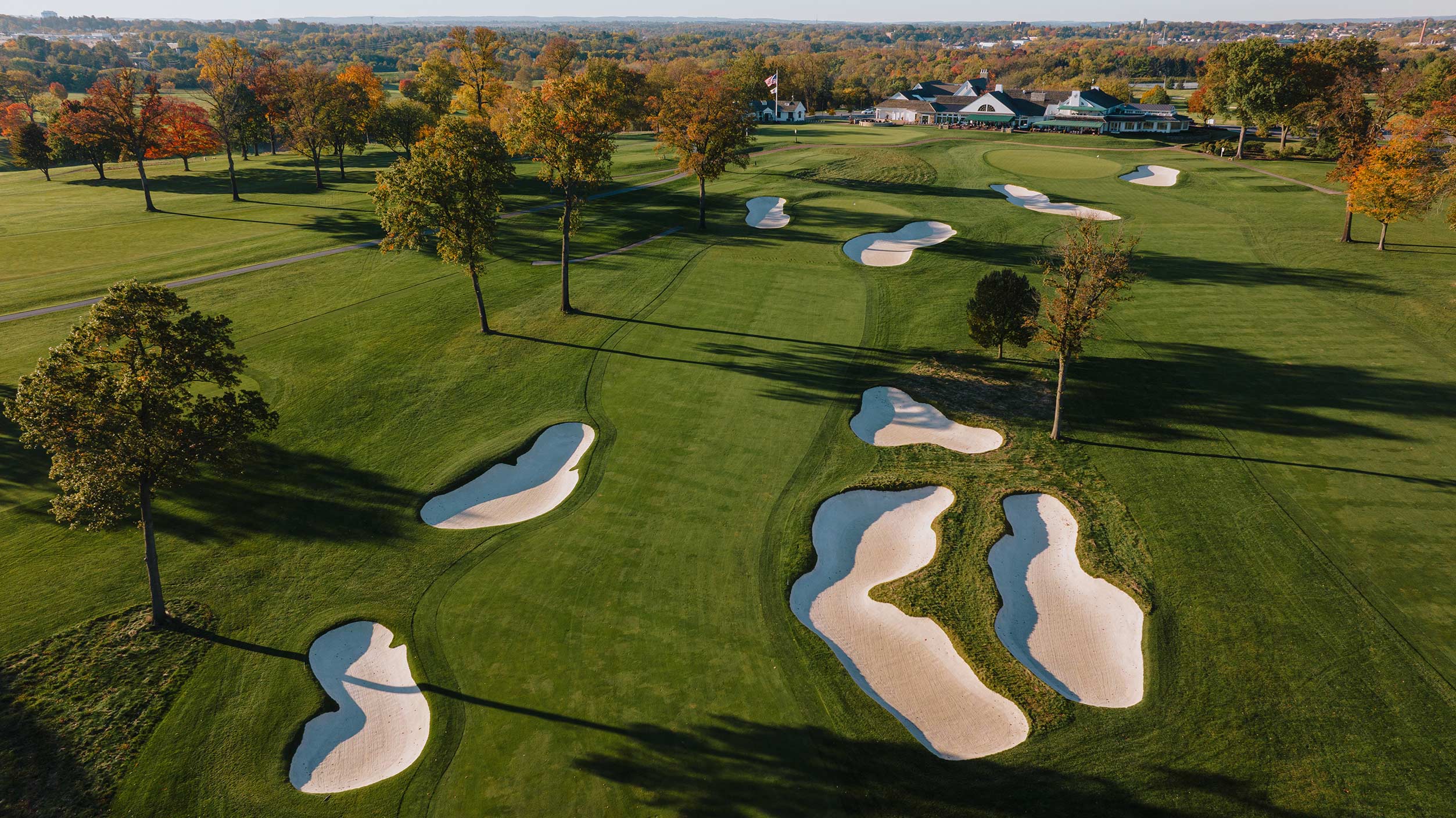
The 14th fairway at Lancaster Country Club
-
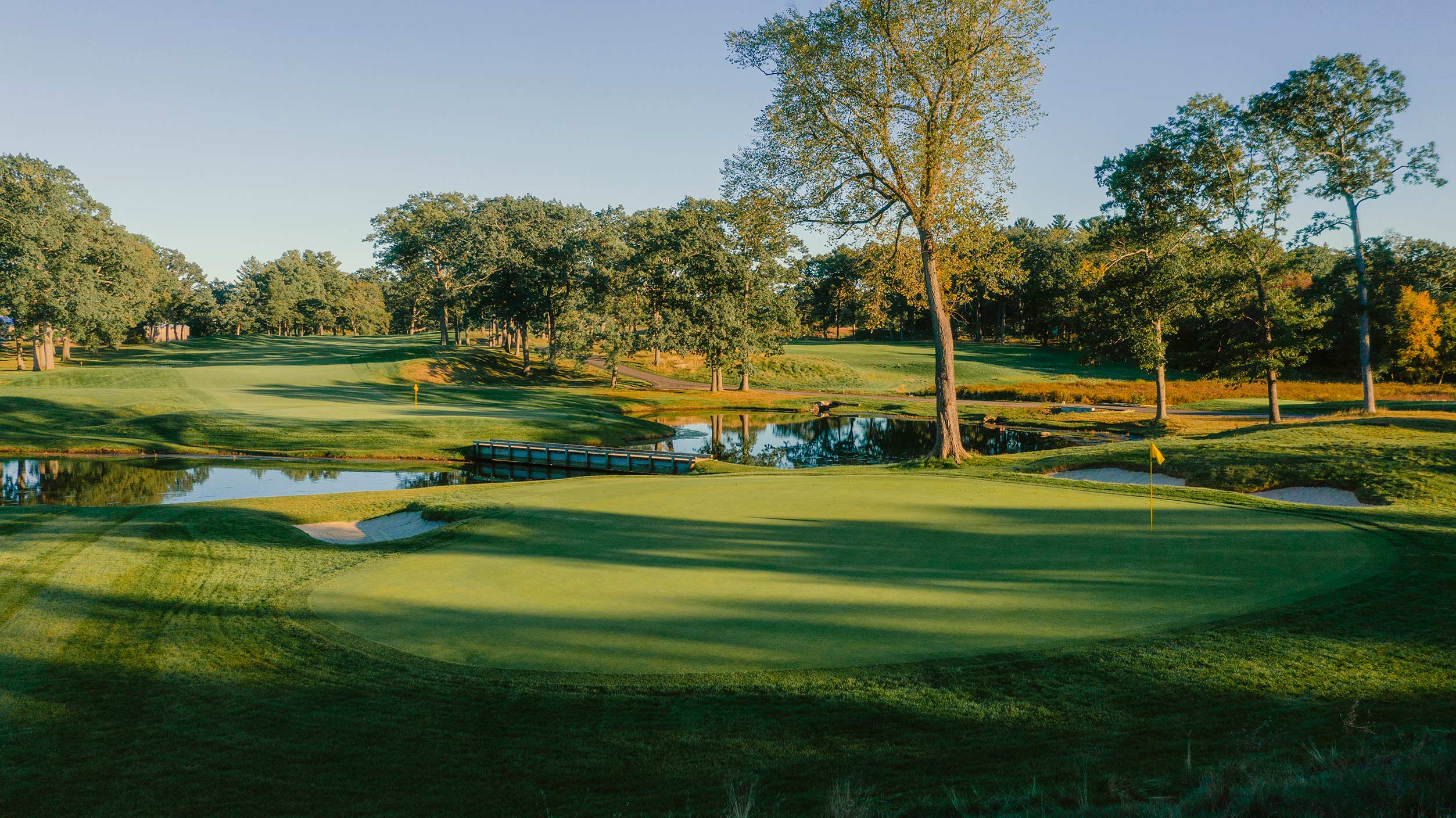
No. 13 at Brookline's composite routing, part of Flynn's Primrose 9
-

Pepper Pike (OH)
-
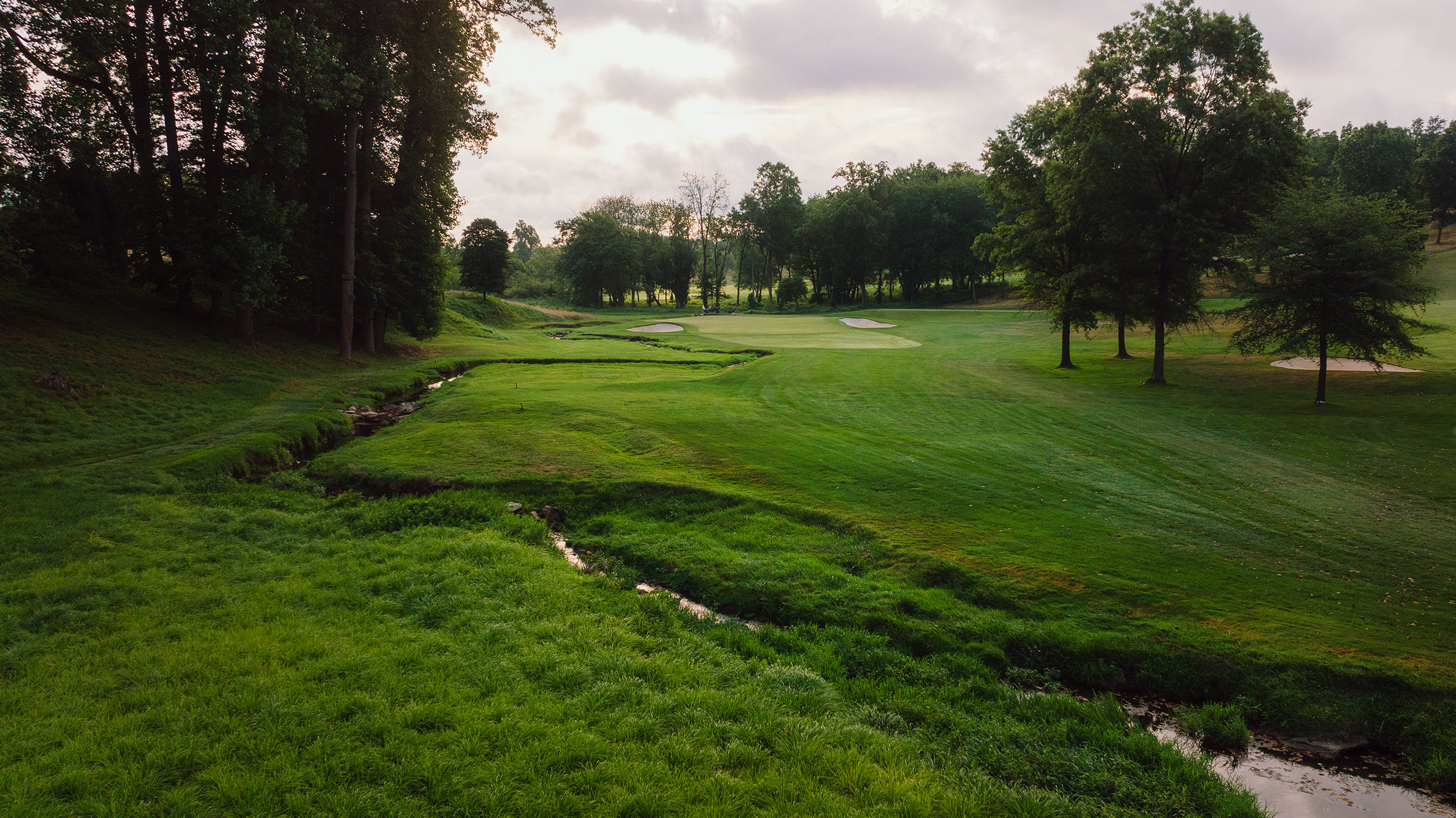
Huntingdon Valley (PA)
Related Content:
– On Instagram in February, we broke down what makes Flynn’s routing at Lancaster such a clever design ahead of this year’s U.S. Women’s Open.
View this post on Instagram
– Fried Egg Golf Podcast: What to Know About William Flynn – Wayne Morrison joined the Fried Egg pod to go deep on William Flynn’s life and work. Morrison is the author of The Nature Faker, an in-depth book that dives into William Flynn’s projects. For information about how to purchase visit their Facebook page.
– We also have an Instagram reel featuring excerpts from Morrison’s podcast appearance, if you want to see illustrated examples of Flynn’s work alongside that breakdown.
View this post on Instagram


 by
by 
